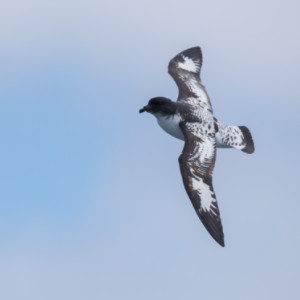At sea and at last
We are sailing into the Scotia sea. This area has lots of life due to upwellings in areas and the Antarctic convergence. A fine day with lots of Albert Rosses and other birds. I think one of my favourite Alberts is the Light Mantled which is the main blip.
In the extras are:
The Fairy Prion (small speedy dynamo that skims mainly along the waves), the Pintado or Cape Petrel (also speedy and often in small or large groups rather than single birds), the Southern Giant Petrel (a disgusting bird - evil eyes, feeds off dead or near dead animals, nicknamed by us as a chook), the majestic black browed albatross (a stunner when you look at it up close. We saw more of these than any other alberts) and finally, an overall view from the stern of the ship. It was a lot of fun off the stern with the big gun.
More lectures. Nina gave a great talk about Shackleton and his ill fated Imperial Trans Antarctic expedition.
When Shackleton and the men finally reached Elephant Island, Shackleton made the plan to sail to South Georgia to summon help. Elephant Island was remote, uninhabited, and rarely visited by whalers or any other ships. McNish the carpenter modified the lifeboat the James Caird (6.9 metres) for the 800-mile/1,300 km voyage. Shackleton, Worsely, Tom Crean, McNish, Vincent and McCarthy set sail on 24 April 1916 with supplies for 4 weeks. Their success depended on Worsely's skill at navigating. He had to get them to South Georgia which would have been like finding a needle in a haystack.
Frank Wild was to be left in charge of the Elephant Island party, with instructions to make for Deception Island the following spring, should Shackleton not return.
More about the voyage to come....




Comments
Sign in or get an account to comment.


